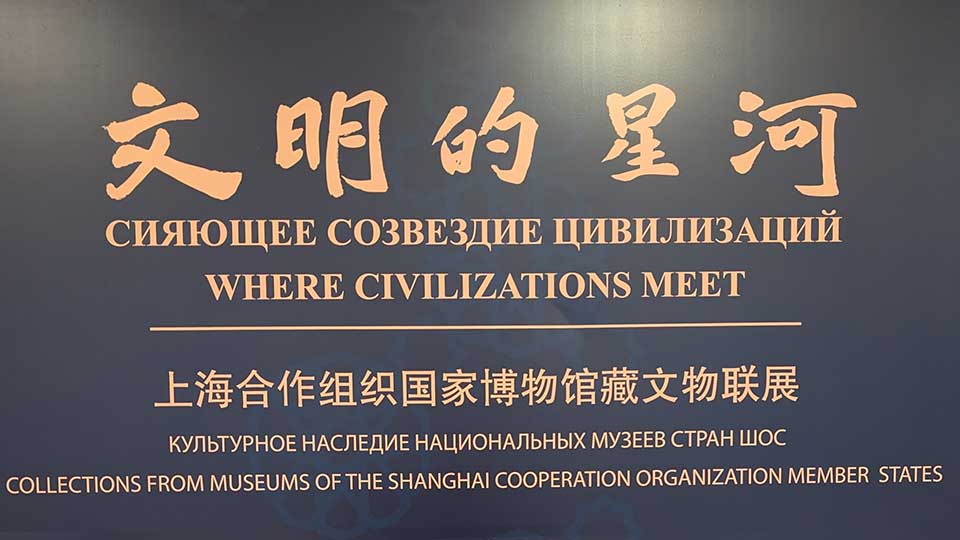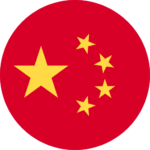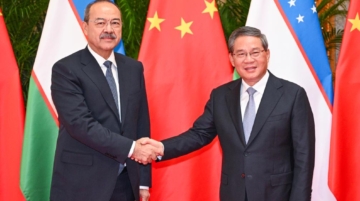
By Felix Brender 王哲謙
The Where Civilizations Meet exhibition at Beijing’s National Museum of China drew to a close this month. Showcasing artifacts from member states of the Shanghai Cooperation Organization, it was, at least on the surface, a celebration of cultural plurality. As noted elsewhere, autocracies often struggle to rally around shared, meaningful causes; lacking the universalist vocabulary that liberal democracies deploy, they tend to align around grievance rather than vision. A coalition held together chiefly by grievance, however, cannot rely on grievance alone to define its purpose. Eventually, such alliances must craft a genuinely affirmative narrative about who they are together.
This exhibition felt like an early, if hesitant, attempt to do precisely that.
Still, the story it told was curiously identitarian. “Respect for cultural diversity” was offered as the unifying thread, though diversity alone is no lodestar. One could not help but sense that amidst all this variegated heritage, China was framed as the fountainhead from which the region’s civilizational streams ultimately spring.
The map at the entrance and the positioning of Luoyang, long enshrined in the cultural imaginary as the cradle of Chinese civilization, quietly suggested as much. Many of the techniques and aesthetic traditions showcased by the Central Asian and Iranian galleries, pottery forms, silk weaving, and calligraphic styles would, to a domestic Chinese audience, read less as independent civilizational expressions than as regional adaptations of practices originating in China.
The Silk Road linked the other SCO members in a web of movement and exchange, with the explanatory blurbs emphasizing the “crossroads” identity of Belarus, Uzbekistan, and Iran; China alone stood apart, described solely in terms of its own internal continuity, innovation, and unity.

This selective curatorship did not end with China. Equally striking was the treatment of Russia, laboriously cast as a “Slavic” rather than European civilization, even as it displayed imperial-era artworks created during a period when Russia’s aristocracy self-consciously saw itself as part of Europe’s cultural whole. The effect was less an act of historical recovery than an act of contemporary repositioning—aligning with Moscow’s own recent efforts to recast its civilisational identity away from Europe and toward a more nebulous Eurasianism.
There is a certain tedium to framing objects born of exchange as tokens of civilizational insularity, at any rate. Yet in this day and age, one would like to take the exhibition’s promise of “integrative capacity” at face value; but the words sit uneasily in a week when Beijing has sought to browbeat a neighbor for expressing an opinion that had been undeclared policy for decades in any case.
Whatever else such behavior may signal, it is emphatically not the “integrative capacity” the exhibition claims for China. For all the talk of civilizational harmony, integration is meaningful only when exercised in (level-headed) deed as well as display, especially for smaller states expected to trust it.
And there is something faintly revealing in the contrast: diversity is welcomed so long as it takes the form of differing glazes, calligraphic fonts, or weaving patterns, but becomes intolerable the moment it appears as an unwelcome opinion. The exhibition’s celebration of cultural plurality sits uncomfortably beside a display of a political culture that reacts to dissent with palpable injury.
Tellingly, perhaps, for all its promises of encounter, the exhibition ultimately revealed little about where civilizations meet and rather more about where China would have them converge.
It is a reminder that harmony fashioned in vitrines is easy; the harder task is practicing it beyond them.
Felix Brender 王哲謙 is a PhD candidate at the London School of Economics and a Project Associate at LSE IDEAS






